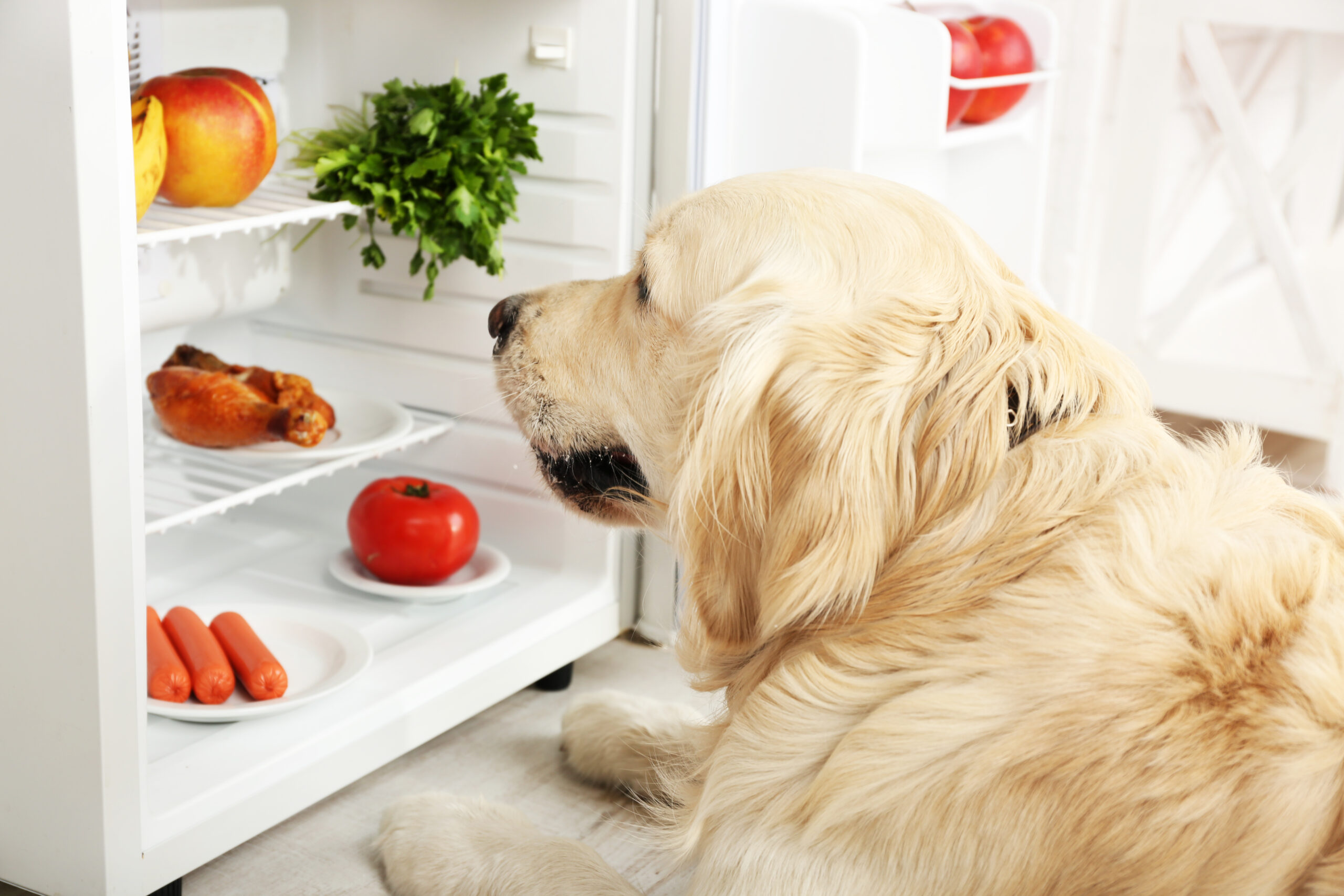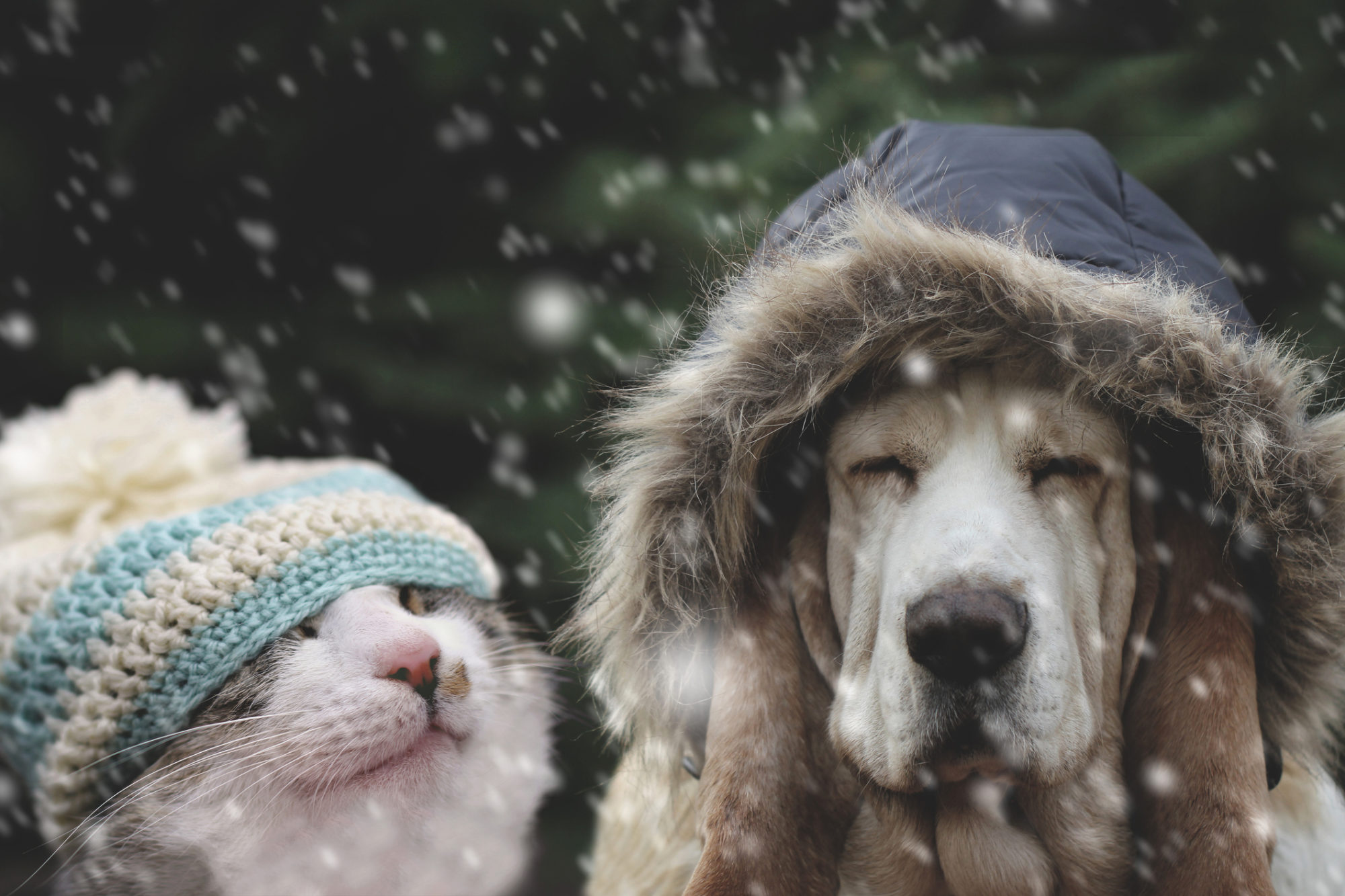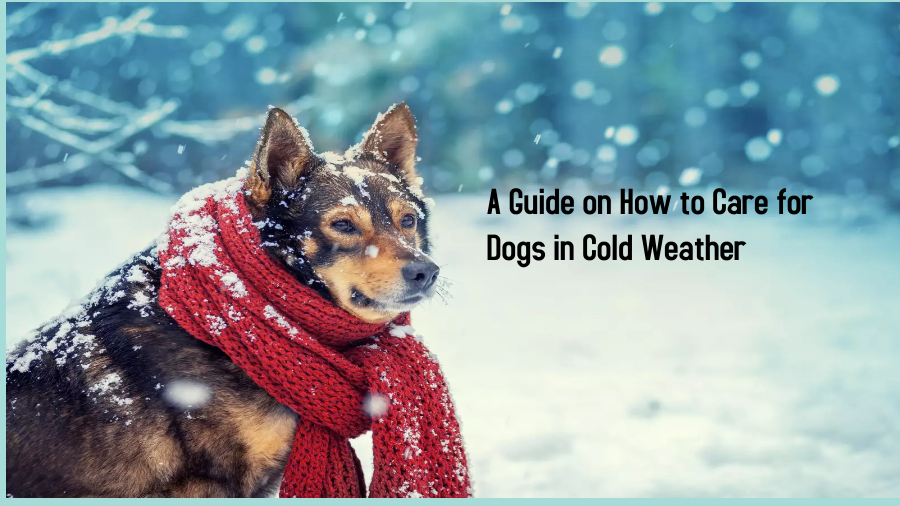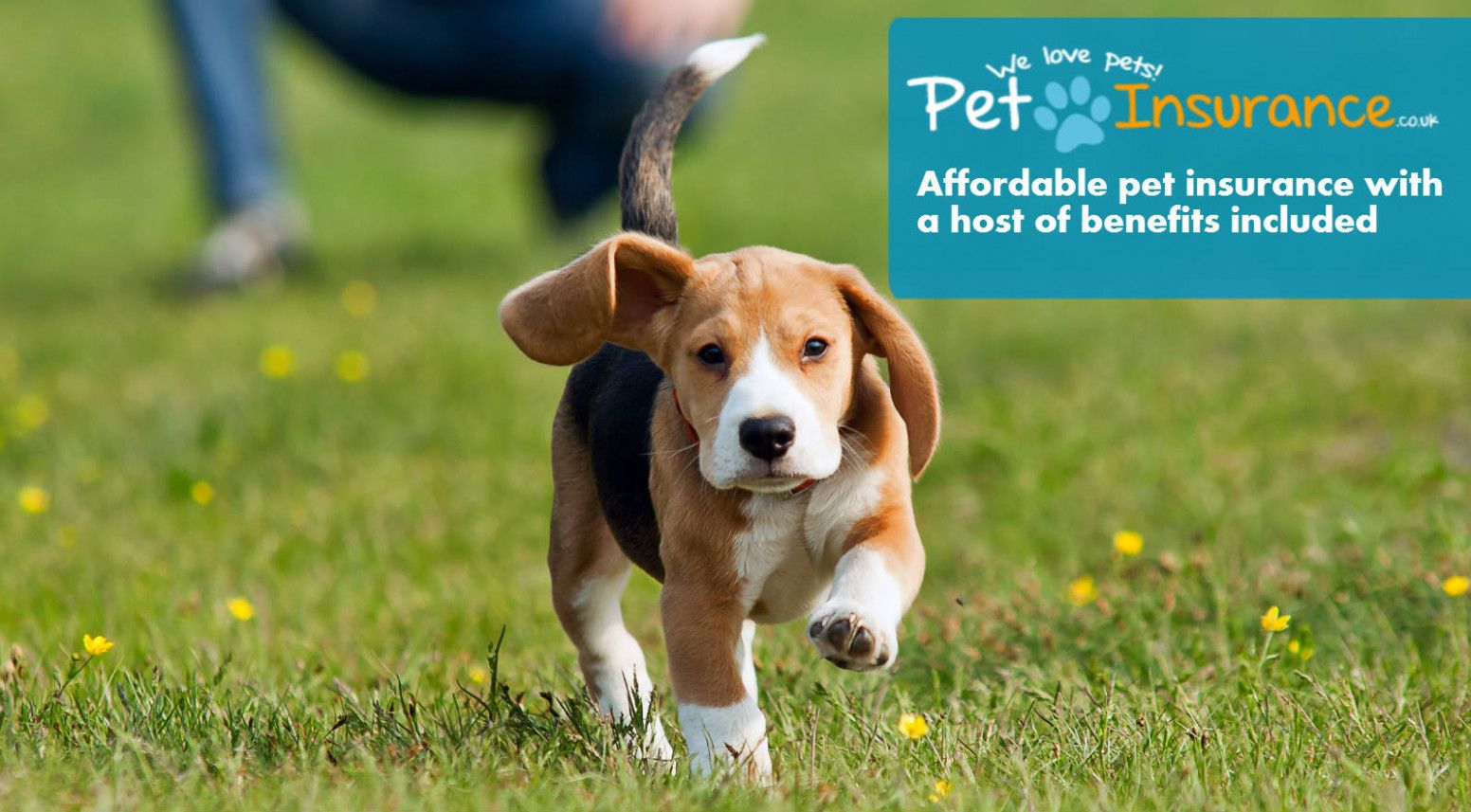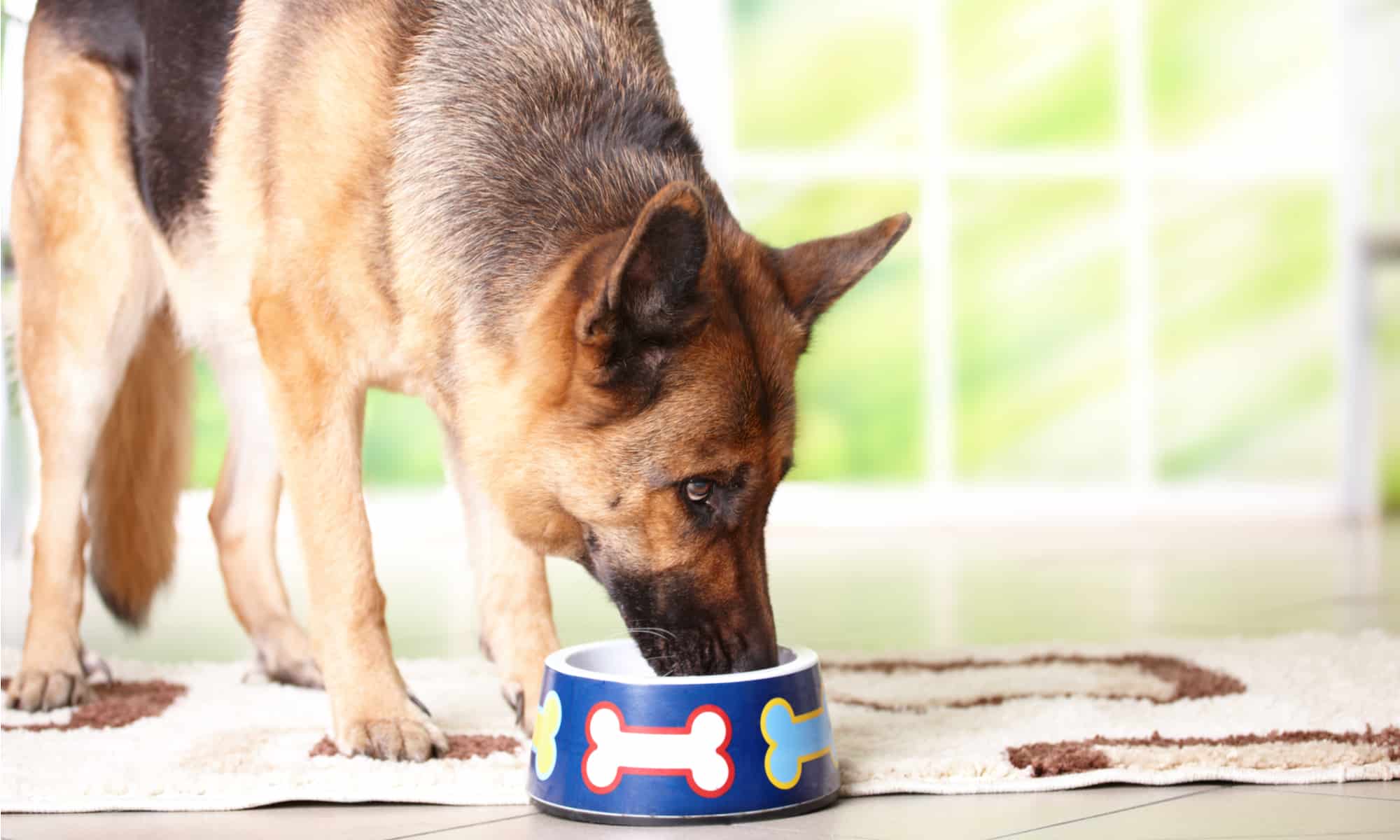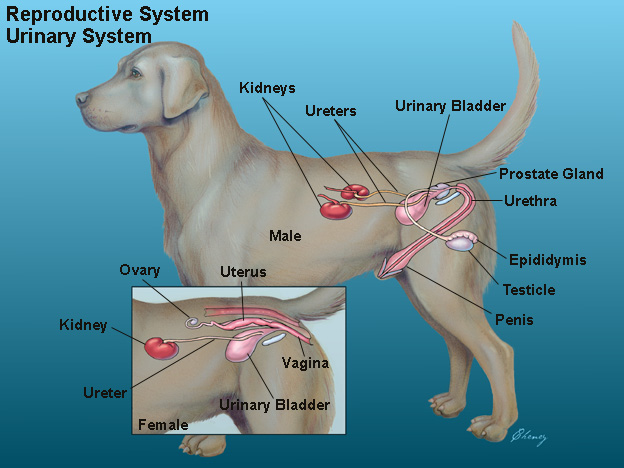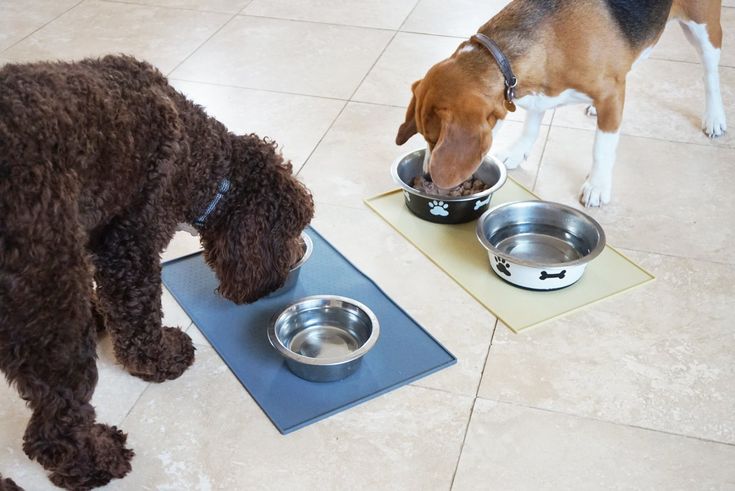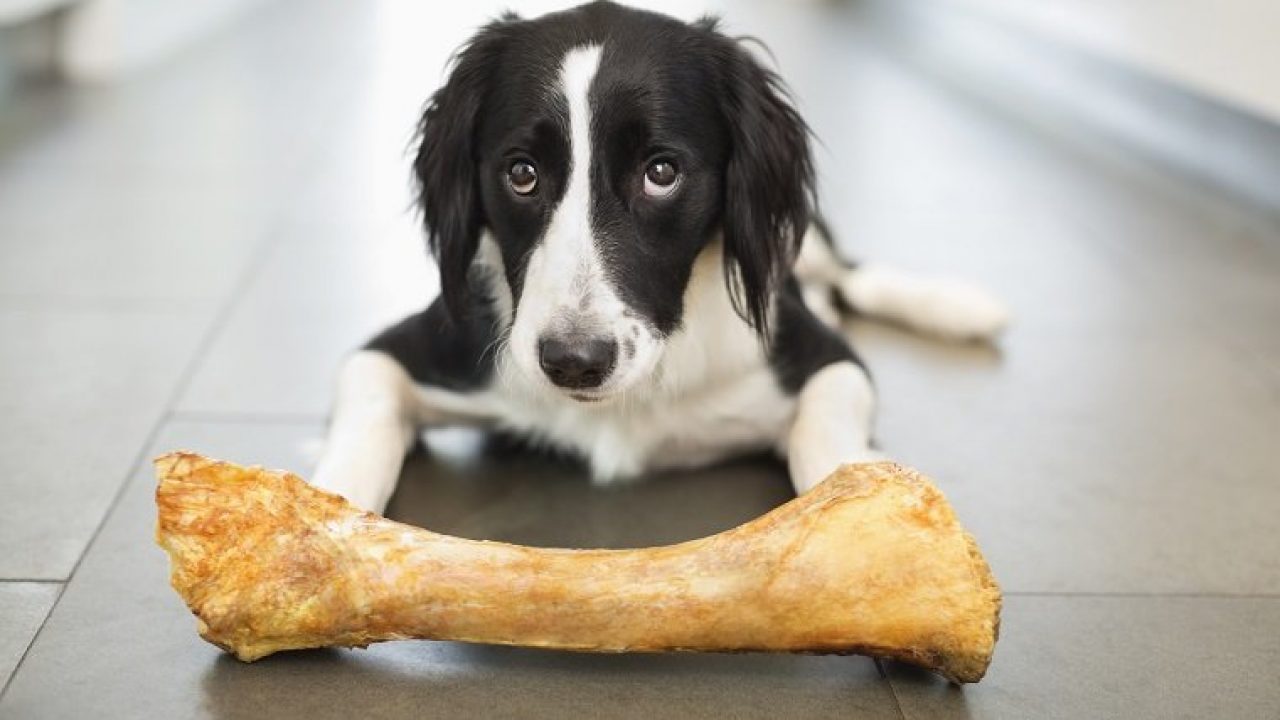A Guide on How to Care for Dogs in Cold Weather
How to Care for Dogs in Cold Weather Understanding your dog’s cold tolerance is the first step in providing effective winter care. Dogs, like humans, exhibit varying degrees of resilience to cold weather, influenced by factors such as breed, size, weight, age, and health conditions. Larger, double-coated breeds may handle cold better than smaller, short-haired counterparts. Age and health conditions, such as arthritis, can also impact their ability to cope. By recognizing these factors, you can tailor your care approach to ensure your furry companion thrives in winter.
Fore More Imformation: Click Here
Signs of Cold Stress: Deciphering Canine Discomfort
Recognizing signs of cold stress is crucial for proactive winter care. Dogs may communicate discomfort through subtle cues like shivering, reluctance to go outside, or changes in appetite. Paying attention to these signals allows you to address issues promptly, preventing more severe health issues. Regular health check-ups during winter become essential, offering a comprehensive understanding of your dog’s well-being and enabling early intervention.
Cozy Havens: Crafting Insulated Shelters for Winter Comfort
Creating a warm and insulated shelter is paramount to your dog’s comfort during winter. This involves not only providing a physical structure but also selecting suitable bedding materials. An insulated dog house with proper ventilation, raised flooring, How to Care for Dogs in Cold Weather and cozy bedding ensures your canine companion stays warm and protected from the elements. This section explores practical tips for crafting the ideal winter refuge for your furry friend.
Winter Nutrition: Tailoring the Diet for Optimal Well-being
Adjusting your dog’s diet for winter is crucial to support their overall health and vitality. In colder months, dogs may burn more calories to stay warm, necessitating a shift in their nutritional intake. How to Care for Dogs in Cold Weather Opt for high-quality, nutrient-dense food and ensure they remain adequately hydrated. Tailoring the diet to the specific needs of senior dogs and puppies is also essential, promoting their well-being throughout the winter season. This section provides a comprehensive guide to navigating the dietary intricacies of winter.
Frosty Frolics: Keeping Dogs Active in Winter Wonderland
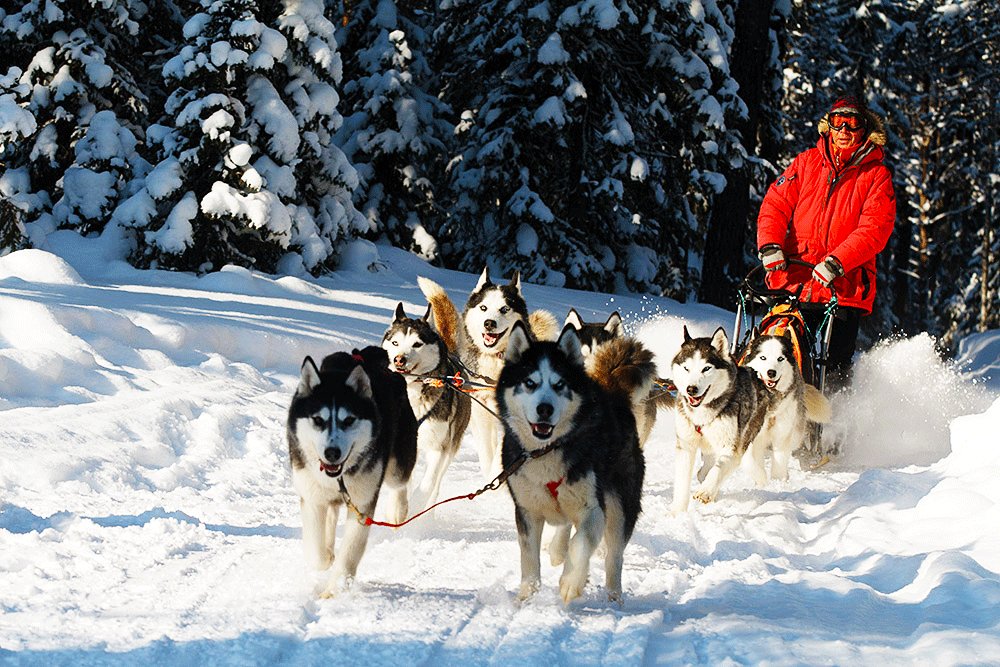
Maintaining regular exercise is key to your dog’s physical and mental well-being, even in winter. This section explores the importance of winter-friendly activities, ensuring your dog stays active and engaged. It also delves into the precautions needed to protect your dog’s paws from salt and ice, along with monitoring signs of frostbite during outdoor play. By striking the right balance, you can keep your dog healthy and happy during the winter wonderland.
Grooming Galore: Nurturing Healthy Coats in Chilly Climes
| Section | Subsection | Key Points |
|---|---|---|
| I. Unveiling Winter Resilience | Decoding Your Dog’s Cold Tolerance | – Factors: Breed, size, weight, age, health conditions |
| – Larger, double-coated breeds may handle cold better | ||
| – Recognition enables tailored winter care | ||
| II. Deciphering Discomfort | Signs of Cold Stress in Canines | – Recognizing subtle cues: shivering, appetite changes |
| – Importance of regular health check-ups during winter | ||
| III. Crafting Winter Sanctuaries | Cozy Havens for Canines | – Creating insulated shelters: proper ventilation, cozy bedding |
| – Ensuring a warm and protective environment for your dog | ||
| IV. Nourishing Well-being | Tailoring Your Dog’s Winter Diet | – Adjusting diet for colder months: high-quality, nutrient-dense food |
| – Hydration importance; tailoring diet for senior dogs and puppies | ||
| V. Frolicking in Frost | Keeping Dogs Active in Winter Wonderland | – Winter-friendly activities; safeguards for paws from salt and ice |
| – Monitoring signs of frostbite during outdoor play | ||
| VI. Grooming Galore | Nurturing Healthy Coats in Chilly Climes | – Proper grooming for coat health; protection for sensitive areas |
| – Choosing the right tools for winter grooming | ||
| VII. Canine Couture | Stylish Solutions for Winter Comfort | – Importance of winter attire; selecting appropriate clothing |
| – Accessorizing with boots, sweaters, and jackets | ||
| VIII. Navigating Winter Hazards | Safety Concerns with Finesse | – Identifying and avoiding hazards like frozen water bodies and antifreeze |
| – Enhancing visibility during shorter winter days | ||
| IX. Crafting Comfort | DIY Winter Remedies for Canine Ailments | – Natural remedies for dry skin and cracked paws; homemade treats |
| – Pampering your dog while addressing common winter health issues | ||
| X. Thriving in Winter | Conclusion to Comprehensive Care | – Summary of holistic winter care approach |
| – Ensuring your canine companion not only survives but thrives during the winter months |
A dog’s coat serves as a natural insulator, and proper grooming is essential to maintain its health during winter. This section provides in-depth insights into grooming practices tailored for colder climates. From protecting sensitive areas like paws, ears, How to Care for Dogs in Cold Weather and tails to choosing the right grooming tools, you’ll learn how to keep your dog’s coat in optimal condition for insulation against the chill.
Canine Couture: Stylish Solutions for Winter Comfort
Winter attire is not just a fashion statement; it’s a practical necessity for How to Care for Dogs in Cold Weather. This section explores the world of canine couture, offering guidance on selecting winter-appropriate clothing. From boots that protect against icy surfaces to cozy sweaters and jackets, How to Care for Dogs in Cold Weather discover how these accessories not only keep your dog warm but also add a touch of style to their winter wardrobe.
Winter Hazards: Navigating Safety Concerns with Finesse
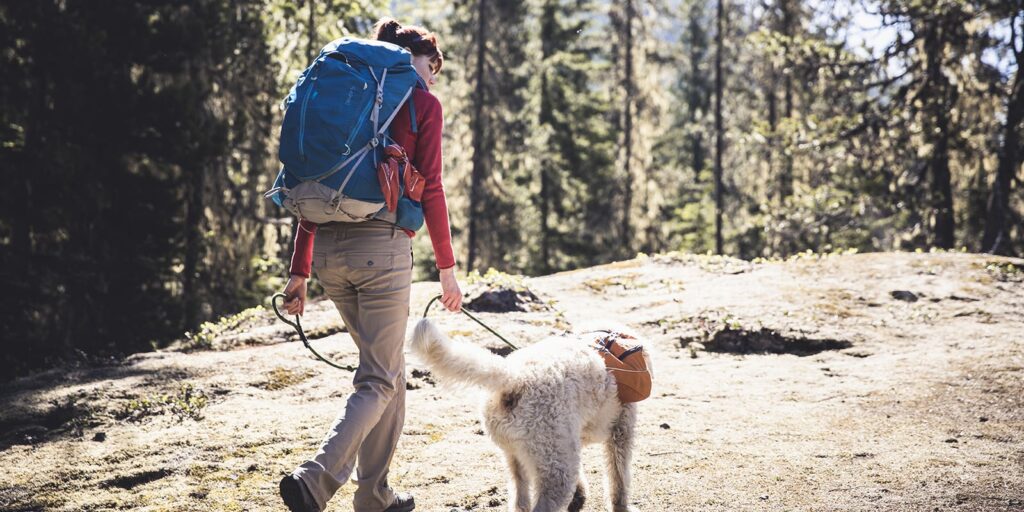
Winter brings its own set of hazards for dogs, and being aware of them is crucial for their safety. This section outlines potential dangers such as frozen water bodies and antifreeze poisoning. It provides practical tips for avoiding these hazards and emphasizes strategies to enhance visibility during the shorter How to Care for Dogs in Cold Weather, ensuring a safe and secure environment for your furry companion.
How to Care for Dogs in Cold Weather
Natural remedies can be effective in addressing common winter ailments. This section offers do-it-yourself solutions for issues like dry skin and cracked paws. How to Care for Dogs in Cold Weather Additionally, it includes recipes for homemade treats that not only pamper your dog but also provide essential nutrients for their winter health. By incorporating these remedies, you can enhance your dog’s comfort and well-being through simple yet effective home care.
conclusion,
How to Care for Dogs in Cold Weather this comprehensive guide provides a holistic approach to caring for dogs in cold weather. By understanding their unique needs and implementing proactive measures, you can ensure your canine companion not only survives but thrives during the winter months. From shelter and nutrition to grooming and safety, each aspect contributes to a well-rounded and attentive approach to winter care for your furry friend.
Frequently Asked Questions (FAQ) – Winter Care for Dogs
Q1: How do I know if my dog can handle cold weather? Understanding your dog’s cold tolerance is essential. Factors such as breed, size, weight, age, and health conditions play a role. Larger, double-coated breeds often handle the cold better, while smaller, short-haired dogs may need extra protection. Keep an eye on signs of discomfort like shivering and adjust accordingly.
Q2: What are the signs of cold stress in dogs? Signs of cold stress include shivering, reluctance to go outside, and changes in appetite. Pay attention to subtle cues and look for any unusual behavior. Regular health check-ups during winter can help catch potential issues early.
Q3: How can I create a warm shelter for my dog in winter? Crafting an insulated shelter involves providing a physical structure with proper ventilation, raised flooring, and cozy bedding. Ensure the shelter is well-protected from the elements, and your dog has a warm and secure environment.
Q4: How should I adjust my dog’s diet for winter? In colder months, dogs may burn more calories to stay warm. Adjust their diet by opting for high-quality, How to Care for Dogs in Cold Weather nutrient-dense food. Ensure they stay adequately hydrated, and consider tailoring the diet based on the specific needs of senior dogs and puppies.
Q5: Are there winter-friendly activities for dogs? Maintaining regular exercise is crucial for your dog’s well-being. Winter-friendly activities include indoor games, short walks, and interactive toys. Take precautions to protect their paws from salt and ice during outdoor activities.

